
The trial will study the effect of the drug in treatment-naïve patients with diabetic macular edema (DME) who are members of underrepresented patient populations, ie, Black, Hispanic, Latin American, and Indigenous people.

According to the company, post-hoc analyses from Illuminate trial of sepofarsen demonstrate an encouraging efficacy signal when comparing active treatment and sham eyes to their corresponding contralateral eyes across multiple endpoints. The company plans to discuss findings with regulators in Q3.

The trial will study the effect of the drug in treatment-naïve patients with diabetic macular edema (DME) who are members of underrepresented patient populations, ie, Black, Hispanic, Latin American, and Indigenous people.

The International Agency for the Prevention of Blindness (IAPB) recently announced an expansion of their ‘Focus on Glaucoma’ and ‘Focus on Diabetes’ series with their new ‘Focus on Child Eye Health’ series in partnership with CooperVision.
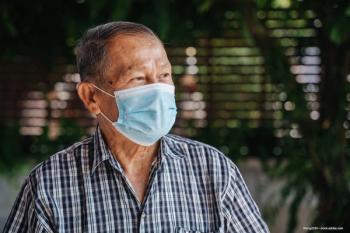
Investigators found that patients with neovascular age-related macular degeneration in all countries included in the study lost vision as a result of the lockdown and reduced number of treatments during the COVID-19 pandemic.

Approval is based on year 1 data from the Phase III KESTREL and KITE trials investigating brolucizumab 6 mg versus aflibercept 2 mg in DME patients.

A team of investigators at the Okinawa Institute of Science and Technology Graduate University in Japan have identified a gene necessary for the survival of retinal ganglion cells—a class of neurons located in the retina that are critical for vision.

Study focuses on ascertaining the risk of patients developing additional tumors

The company’s announcement marks first clinical trial in humans of Ocugen’s modifier gene therapy platform.

Horizon Therapeutics announces new data and a separate analysis will be presented at the American Academy of Neurology 2022 Annual Meeting, showing that UPLIZNA reduced disease activity associated with neuromyelitis optica spectrum disorder (NMOSD) over 3 years.

Bausch + Lomb and Clearside Biomedical Inc. are rolling out the new therapeutic, approved by the FDA for suprachoroidal use for the treatment of macular edema associated with uveitis.

If the Biologics License Application is approved by the FDA, the company could receive 12 years of marketing exclusivity for an FDA-approved alternative for the most frequently used anti-VEGF treatment in wet AMD patients in the United States.

A multifaceted evaluation that includes ultra-widefield imaging can reveal new information and influence treatment decisions.

Lower dose performs as effectively as a higher dose when treating ROP.
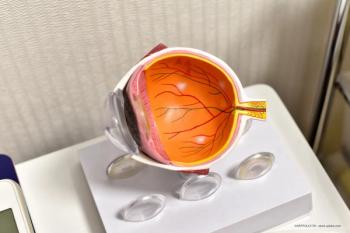
Suprachoroidal injections provide safe, effective drug delivery to target choroidal, retinal tissues.

In the face of the COVID-19 pandemic, the procedure required adjustments.
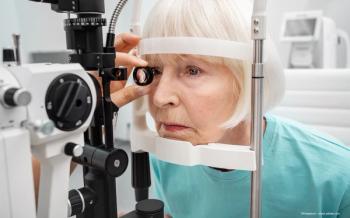
The company notes that its clinical trial of the light delivery system meets the primary efficacy endpoint and can offer hope to patients with dry AMD who are experiencing vision loss and currently have limited treatment options.
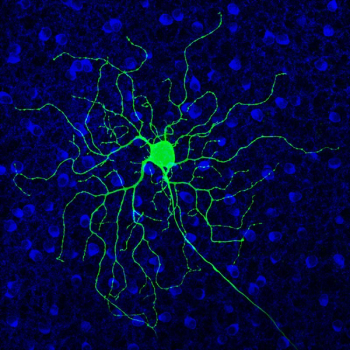
According to a team of investigators at University of California, Berkeley, tests of the drug Antabuse could prove the role of hyperactive retinal cells in blindness, potentially leading to better therapies.

Researchers from the Department of Ophthalmology at the University Hospital Bonn and Deutsches Zentrum für Neurodegenerative Erkrankungen suggest that assessments of the eye’s retina could help to detect a loss of brain substance, ie “brain atrophy.” The findings are based on data from the Rhineland Study.

Investigators observe survival rate with orbital retinoblastoma improves substantially due to a combination approach that includes intensive sequential treatment comprised of chemotherapy, enucleation, and external beam radiation therapy.

The implant achieves impressive efficacy and reduces treatment burden.

Luis Acaba-Berrocal, MD, of the Illinois Eye and Ear Infirmary in Chicago, worked with a group of colleagues to conduct a multicenter, retrospective, consecutive study of infants with ROP who had been treated with intravitreal anti-VEGF injections between 2008 and 2020 in light of the dearth of real-world data on the topic.

The clinical trial will evaluate the safety and tolerability of ADX-2191 in patients diagnosed with RP due to mutations of the rhodopsin gene, including the P23H gene mutation.

ProQR's Phase 2/3 trials center around its emerging therapy, ultevursen (previously named QR-421a), and are accepting patients with mutations in exon 13 of the USH2A gene.
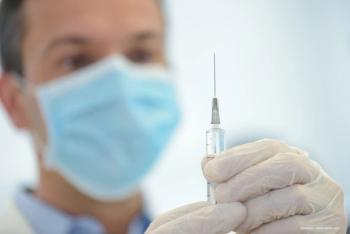
Taiichi Hikichi, MD, counteracted the potential inflammatory effect of brolucizumab by combining its administration with a sub-Tenon’s capsule injection of triamcinolone acetonide.

Technology that allows consistent monitoring could be useful tools in 2022—and may be the key to tracking nAMD progression in fellow eyes among patients who have had intervals extended due to new technology.

According to the company, pegcetacoplan demonstrated continuous and clinically meaningful effects at month 18 in the studies, which also found that treatment effects in DERBY were comparable to OAKS during months 6 to 18. The combined 18-month data show the potential for improving treatment effects over time.